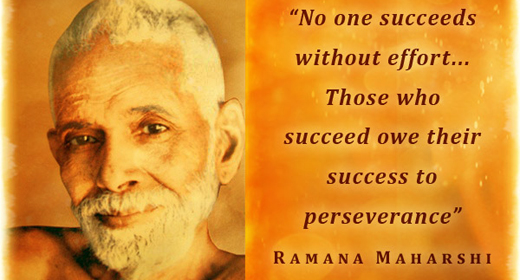

It is only a practice and not investigation. Of course there is also the practice of meditation on the heart-centre. Both mean either the same thing or nothing.

Investigation of ‘I’ is the point and not meditation on the heart-centre. If it is done the eternal Being will reveal Itself. Now you are told to hold fast to this ‘I’. Asked who wakes up from sleep you say ‘I’. But in waking there is unhappiness and the effort to remove it. What remains all through deep sleep and waking is the same. Should we then imagine it to have a shape and meditate on it? This passage is the later half of Cohen’s commentary on the following passage from section 131 of Talks with Sri Ramana Maharshi (2006 edition, page 119):ĭ.: There are said to be six organs of different colours in the chest, of which the heart is said to be two finger-breadths to the right of the middle line.

It is no doubt the quickest method, but it exacts the greatest alertness and the most concentrated attention, denoting a greater adhikara (maturity). This is certainly more difficult to do than to investigate into the source of the ‘I’, because it is a direct assault on, rather direct contact with, the very source itself.

Only that meditation succeeds which has this intuitive knowledge, and is conducted with the greatest alertness, so that the moment thoughts cease, the mind perceives itself in its own home - the Heart itself. Meditation on the Heart must be a special meditation, provided the meditator takes the Heart to be pure consciousness and has at least, an intuitive knowledge of what pure consciousness is. Bhagavan declares it to be possible, but not in the form of investigation, as it is done when the ‘I’ is the subject. Now we turn to the positive side of the question, whether meditation on the Heart is possible. In a comment on one of my recent articles, By attending to our ego we are attending to ourself, a friend called Viswanathan quoted the following passage from chapter 13 of Reflections on Talks with Sri Ramana Maharshi by S.


 0 kommentar(er)
0 kommentar(er)
